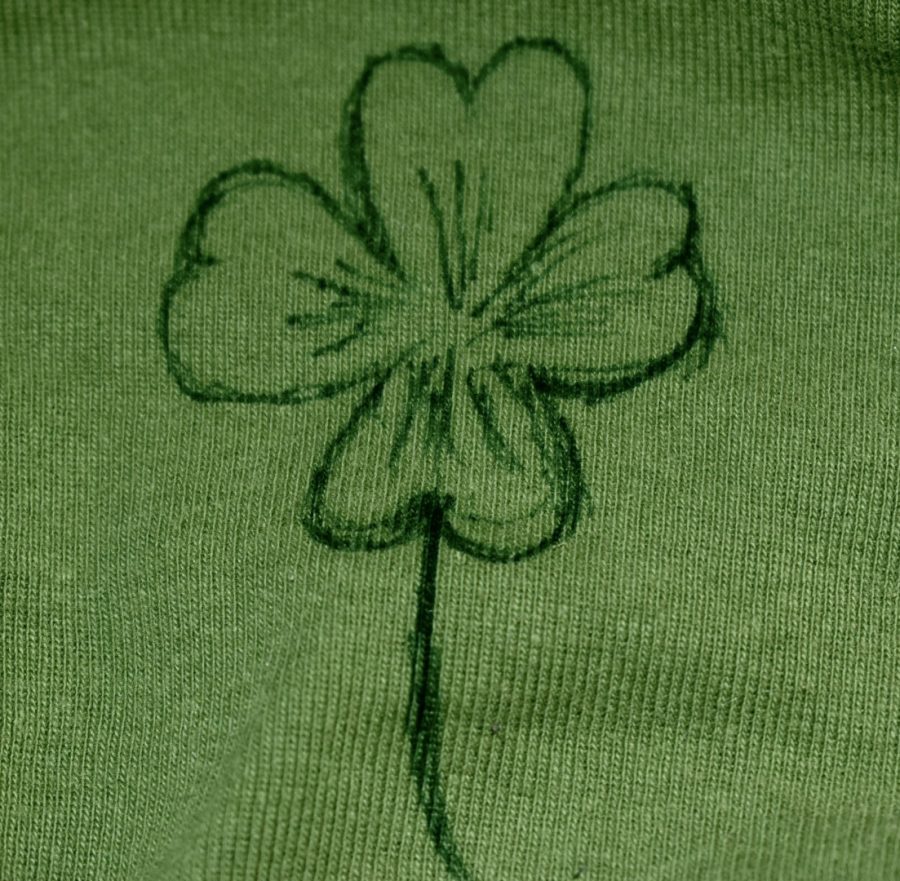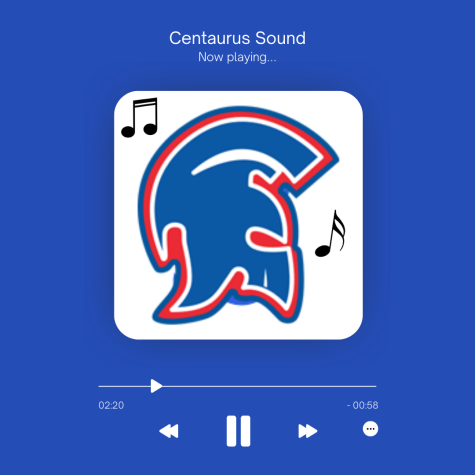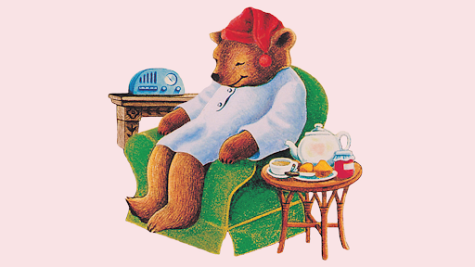Saint Patrick’s Day- The Myths, Legends, and History
A shamrock drawn onto a shirt worn by a student for Saint Patrick’s Day
Saint Patrick’s day is known to most as a celebration of Irish culture and tradition. The holiday takes place on the day that Christian missionary and bishop Saint Patrick Died in 461. Saint Patrick was captured at 16 and taken as a slave to Ireland. He escaped the country but eventually returned to convert the inhabitants to Christianity. The holiday was transformed by emigrants (mostly to the United States) into the holiday known today.
Although Saint Patrick was a real person, there were many myths and legends created around him. The most famous legend is that after Saint Patrick completed a 40-day fasting period, he was met by snakes that gathered in front of him. He then (perhaps out of anger caused by starvation) chased the snakes and banished them into the sea, and from that day forward there were no more snakes in Ireland. The belief behind the legend was that the snakes were seen as druids (pre-Christian high priests) and Saint Patrick chasing them out is a metaphor for the triumph of Christianity over Paganism. Ireland is interestingly snake-free but this has likely been true throughout most of human history. Since the last Ice Age, the Emerald Isle has been surrounded by water preventing snakes from traveling over. Before that, Ireland was iced over and far too cold for the creatures.
One of the most well-known symbols of Saint Patrick’s day is the leprechaun. Leprechauns are creatures of Celtic folklore who are tiny men and women with magical powers to use for either good or evil. In these stories, the leprechauns were grumpy poor souls who worked for other fairies by mending their shoes. The leprechauns are also known for their trickery. In legends, they stole a pot of gold and hid it at the end of every rainbow so no human could ever find it. It is tradition to wear green because leprechauns can’t see green. The magical creatures love to pinch anyone they can see. The only way to avoid this is to wear green. But don’t worry, Leprechauns also have a holiday all to themselves on May 13th.
One of the most recognizable symbols of Saint Patrick’s day is the Shamrock. The Shamrock was traditionally sacred in Ireland because it represented the rebirth of spring. Ancient Celts also believed that important aspects of life came in threes. Later on, the shamrock became a symbol of Irish nationalism and pride and a sign of displeasure with English rule. Concerning Saint Patrick’s day, it is said that when explaining the Christian idea of God (Father, Son, and the Holy Spirit) to the Pagans of Ireland he used the three leaves of the shamrock as an educational tool.
While for most people the color that comes to mind when thinking about Ireland or Saint Patrick’s day is green, this was not the original color that represented the country. The original color was blue, this was the color of the knights in the order of Saint Patrick. Green came into style presumably around the 18th century when supporters of Irish independence used green to represent their cause.
So this Saint Patrick’s day your task is to wear green, grab a shamrock shake, and search every rainbow for a pot of gold. Oh, and maybe catch up on some Celtic fairy tales while you’re at it.
Your donation will support the student journalists of Centaurus High School. Your contribution will allow us to purchase equipment and cover our annual website hosting costs.

Olivia (Liv) Kyazze (she/her), is a junior and a writer for The Warrior Scroll. Liv enjoys covering pop culture, opinion pieces, and world news along with...

Shira Nathan (aka Ira) (they/them) is one of the Editors-in-Chief of The Warrior Scroll and a senior at Centaurus. This is their fourth year and final...














